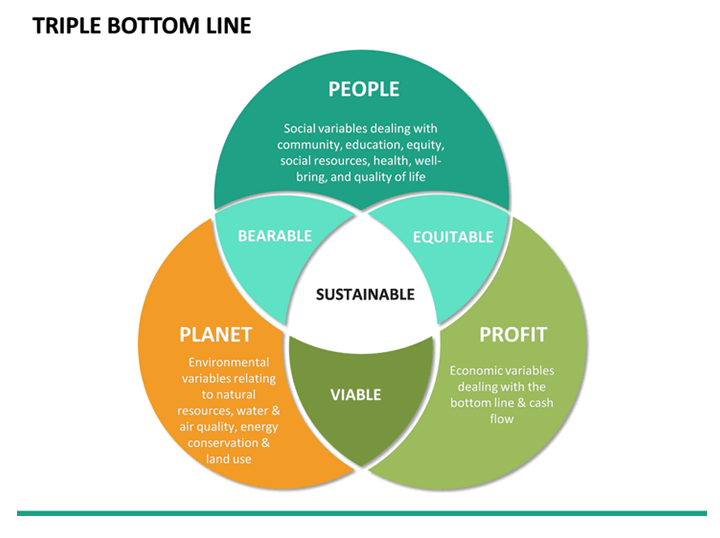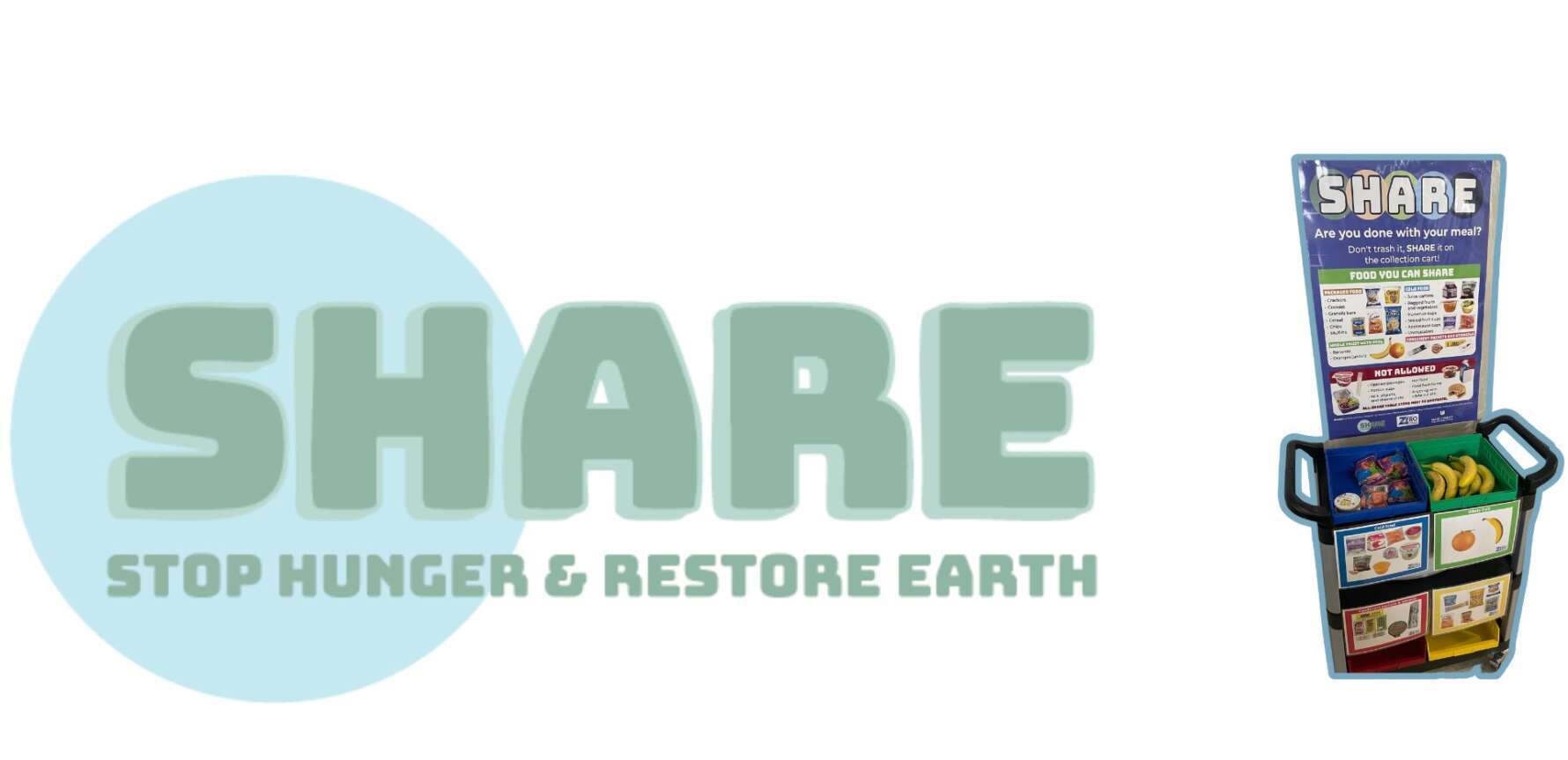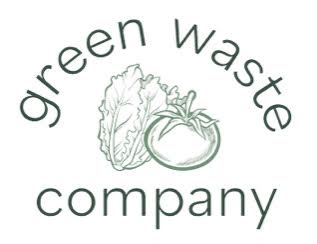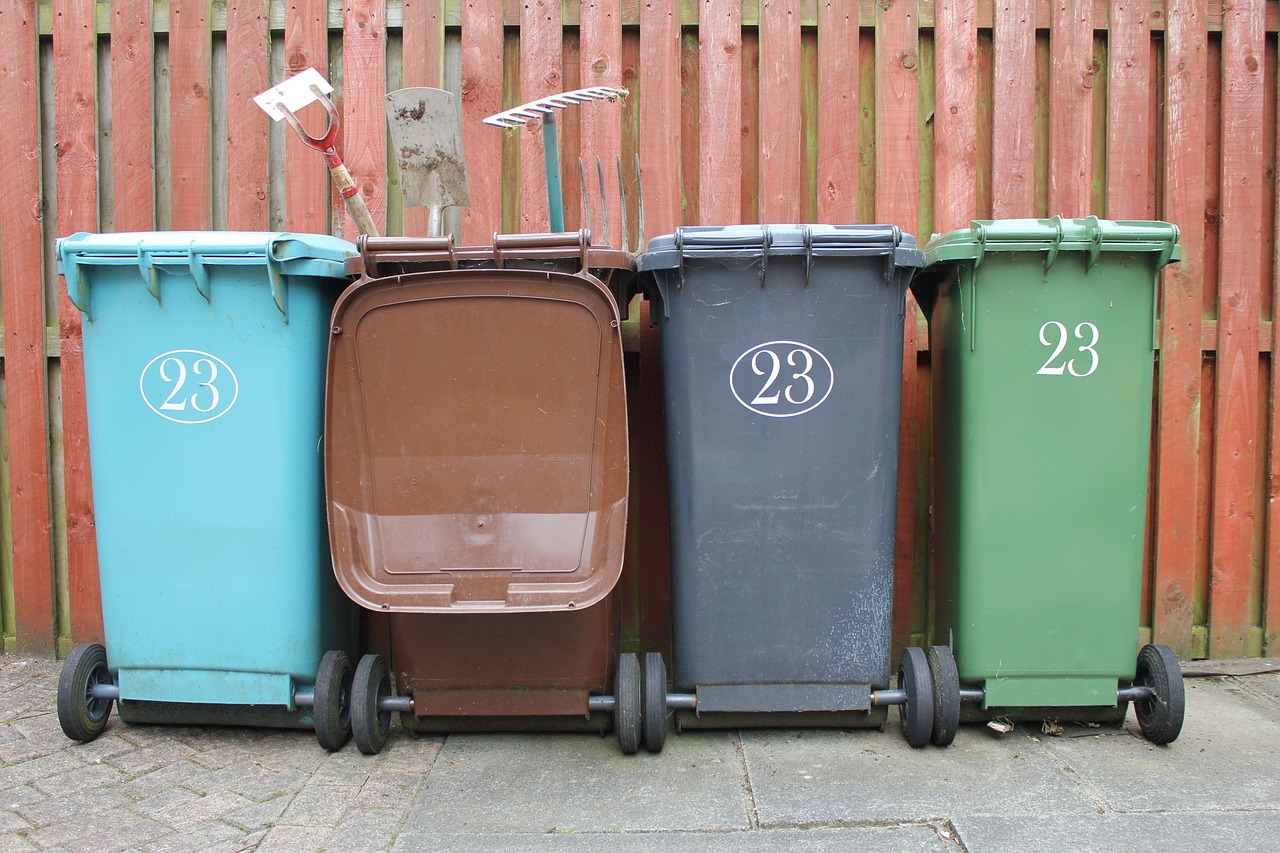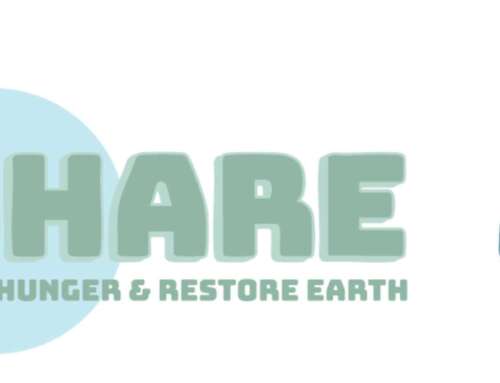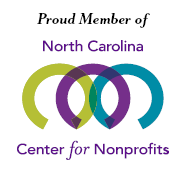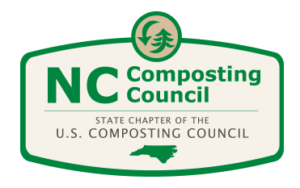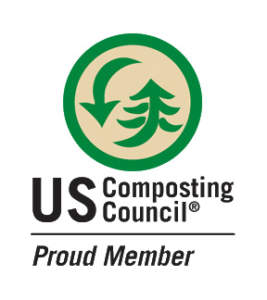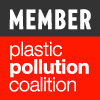What is Sustainability?
What is Sustainability?
Written By
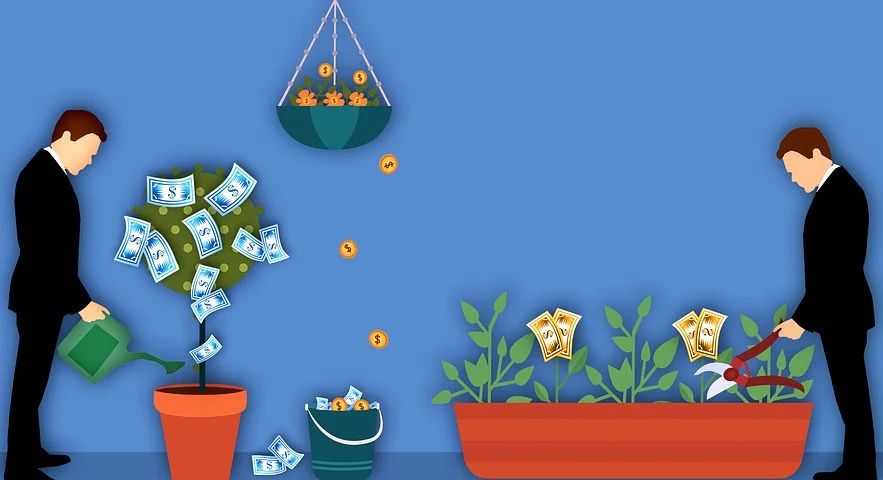
Sustainability is one of my favorite words in the English language. If you knew me personally, you might say I use it too much. I’m not the only one either. In recent years, the word has been used to describe various products and services in environmental circles and beyond. While sustainability is an important word for those who care about the planet and its health, it isn’t only about the environment. It’s about building a better future for our planet and humans alike, by being ethical, economically viable, and environmentally friendly at the same time. As its usage continues to rise, it’s important that we remember everything the word means, and the mission it calls us to.
The Three Pillars
Sustainability is a term built on three pillars, even if we mostly think of just one. Mcgill University states that “Sustainability is not just environmentalism. Embedded in most definitions of sustainability we also find concerns for social equity and economic development.” Even if we can produce coats or vegan cheese with limited impacts to our environment and resources, using child labor reduces our social capital and creates human rights issues. If we want to make our grid green, how are we going to pay for it? Who is going to make brand new electric cars for us to drive? In order to be truly sustainable, our products and industries need to not only be environmentally viable, but also socially, and economically as well. These are the three pillars of sustainability.
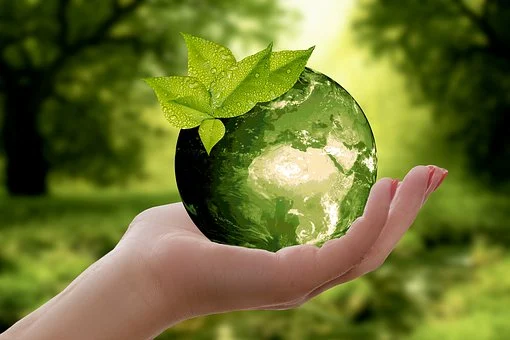
The Planet
Merriam-Webster defines sustainable as “of, relating to, or being a method of harvesting or using a resource so that the resource is not depleted or permanently damaged”. In order to be sustainable, it must have a balance between resource consumption and renewal. To do this, the resources consumed, the impact to landscape and biodiversity need to be minimized, and the process needs to be repeatable for the long term with little impact. This is what makes up the environmental pillar of sustainability, the one most people are familiar with.
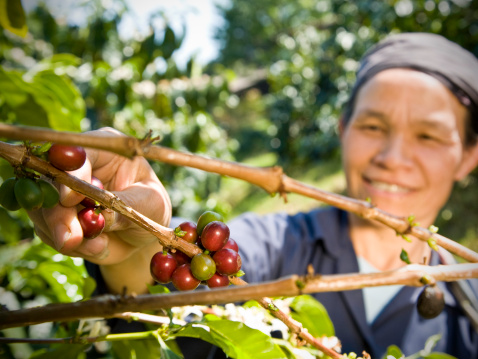
People
In order to build a sustainable system that works for everyone, we must make sure that all living creatures are treated fairly. It is important that the practices we implement not only take care of our planet but also our people. This aspect of sustainability deals with just labor laws, fair trade, and humane working conditions. Even if a product may be better for the environment, it must also be good for the people involved in the production or consumption. Otherwise it can be just as damaging to life and thus not truly sustainable.
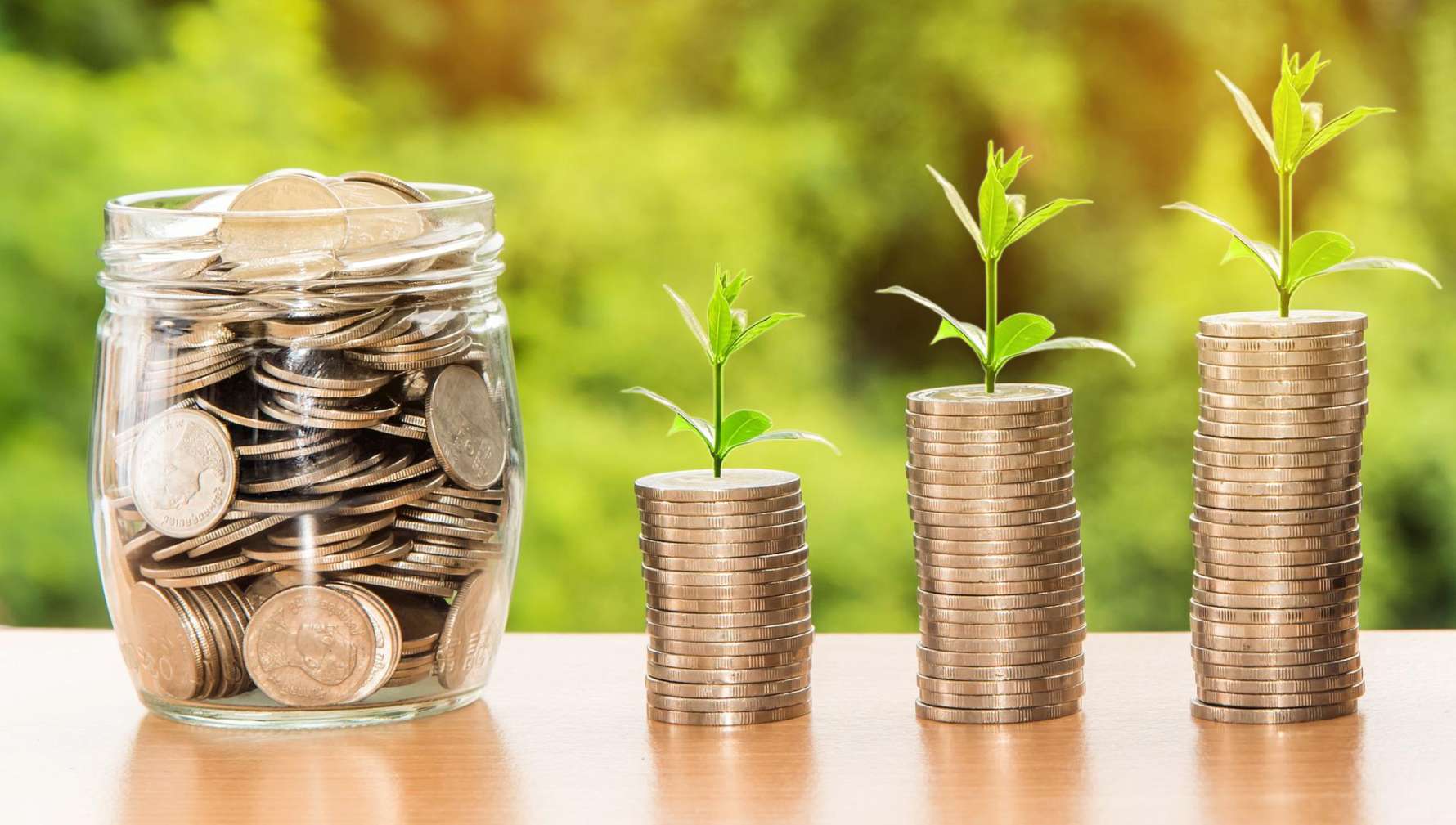
Profit
While we want the practices and products we create to be environmentally friendly and socially equitable, someone will still need to pay for them. This is where economic considerations come into play. Oftentimes, the economy and the environment are pitted against each other as a trade-off system; if something is good for the environment, it must damage our economy and limit its growth. If something makes a lot of money, people think it must be bad for our environment. In fact, the economic argument has been one of the largest barriers to environmental legislation and practices in the past. The goal of sustainability is to move past this false dichotomy. In order to create solutions that truly last, they need to have the ability to make profit. This will encourage its widespread adoption.
Next time you hear the word sustainable, think about its definition in its entirety. Any policy, product, or system we create should have the planet, people, and profit in mind. Not only is it important to create a healthy planet to live on, but also in order to convince people of its adoption. Some would consider these goals to be eutopic, not feasible for the world we live in. As science and technology and our understanding of the natural world progress, the ability and opportunity to implement sustainable practices continues to grow. We just need to have the open mind and eagerness to seize them.



